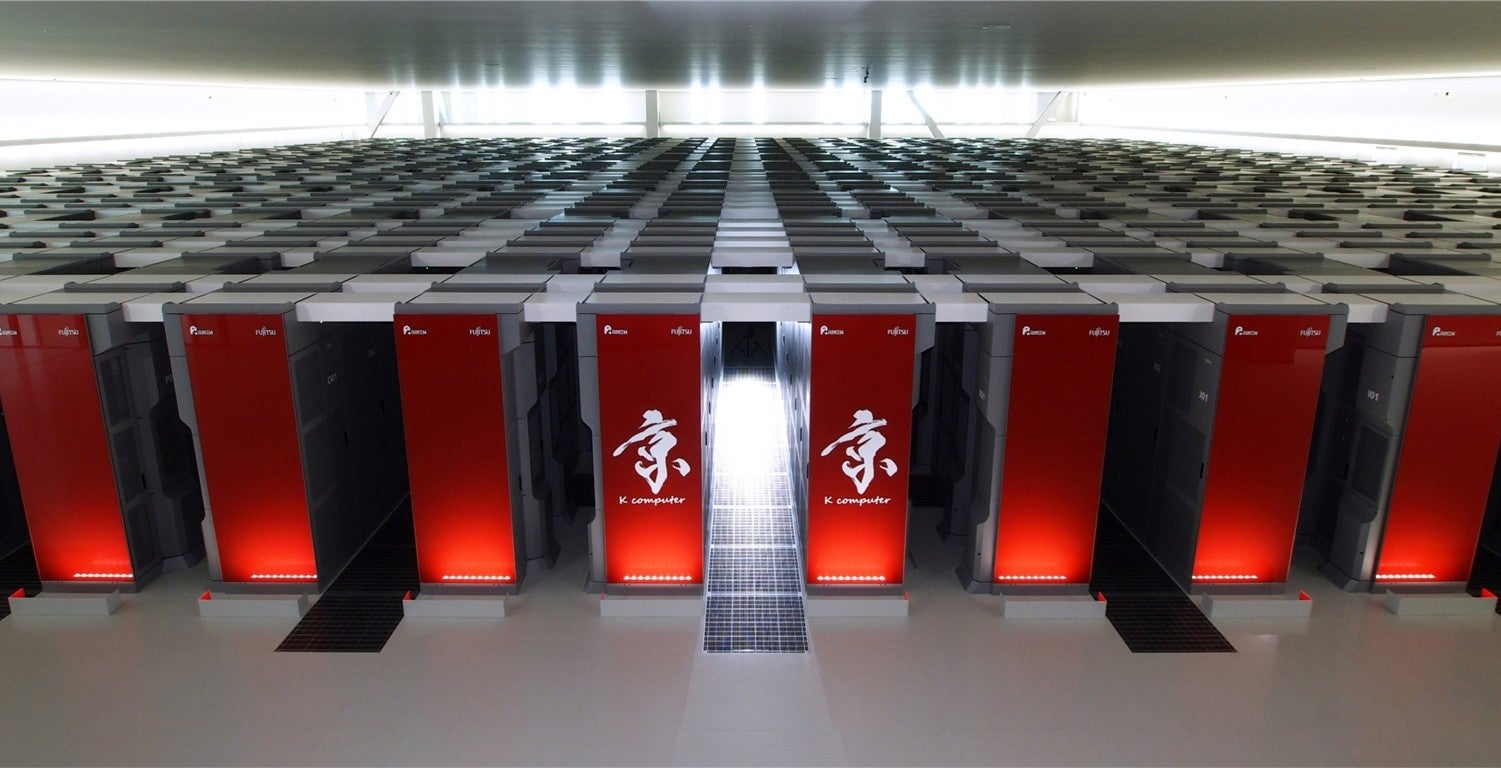How powerful is a mind? Supercomputer takes 40 minutes to map 1 second of brain activity
The activity was modelled using a supercomputer with 1.4 millino GB of RAM and 700,000 processor cores

A powerful supercomputer in Japan has broken the code of the human brain, accurately mapping one second of one percent of human brain activity.
The numbers may not sound too impressive, but this is an important breakthrough in simulation technology and has wide-reaching implications.
Using the K supercomputer, the fourth most powerful in world, scientists in Japan replicated a network of 1.73 billion nerve cells and 10.4 trillion synapses.
It took the K computer, with over 700,000 processor cores and 1.4 million GB of RAM, 40 minutes to model the data.
The most sophisticated of its kind, the project, a joint venture between Japanese research group RIKEN and German research group Forschungszentrum Jülich, was designed to gauge the limits of brain simulation technology.
RIKEN’s success is the most significant development in the global brain race, wherein the world’s major economies are racing to map the human brain and unlock its secrets.
The USA has the BRAIN initiative, the EU has The Human Brain Project, and China has Brainnetome.
But mapping and then simulating the human brain requires next-gen supercomputing, an order of computational power known as 'exascale'.
An exascale computer is one that can perform a quintillion floating point operations per second, thought to be same power as a human brain.
No computer as powerful as this yet exists, but as well as these major nations and international organizations, private companies are also developing exascale technology.
Intel, for instance, has said that it aims to have this future-computer operational by 2018.
“If petascale computers like the K computer are capable of representing one per cent of the network of a human brain today, then we know that simulating the whole brain at the level of the individual nerve cell and its synapses will be possible with exascale computers - hopefully available within the next decade,” Markus Diesmann, one of the scientists involved, told the Daily Telegraph.
Such technology would herald an age of sophisticated medical research, and intelligent defence weaponry, and even artificial intelligence.
The Most Powerful Supercomputers in the World:
- National Super Computer Centre in Guangzhou (China)
- Oak Ridge National Laboratory (Tennessee, USA)
- National Nuclear Security Association (Nevada, USA)
- RIKEN Advanced Institute for Computational Science (Japan)
- Argonne National Laboratory (Illinois, USA)
Join our commenting forum
Join thought-provoking conversations, follow other Independent readers and see their replies
Comments
Bookmark popover
Removed from bookmarks